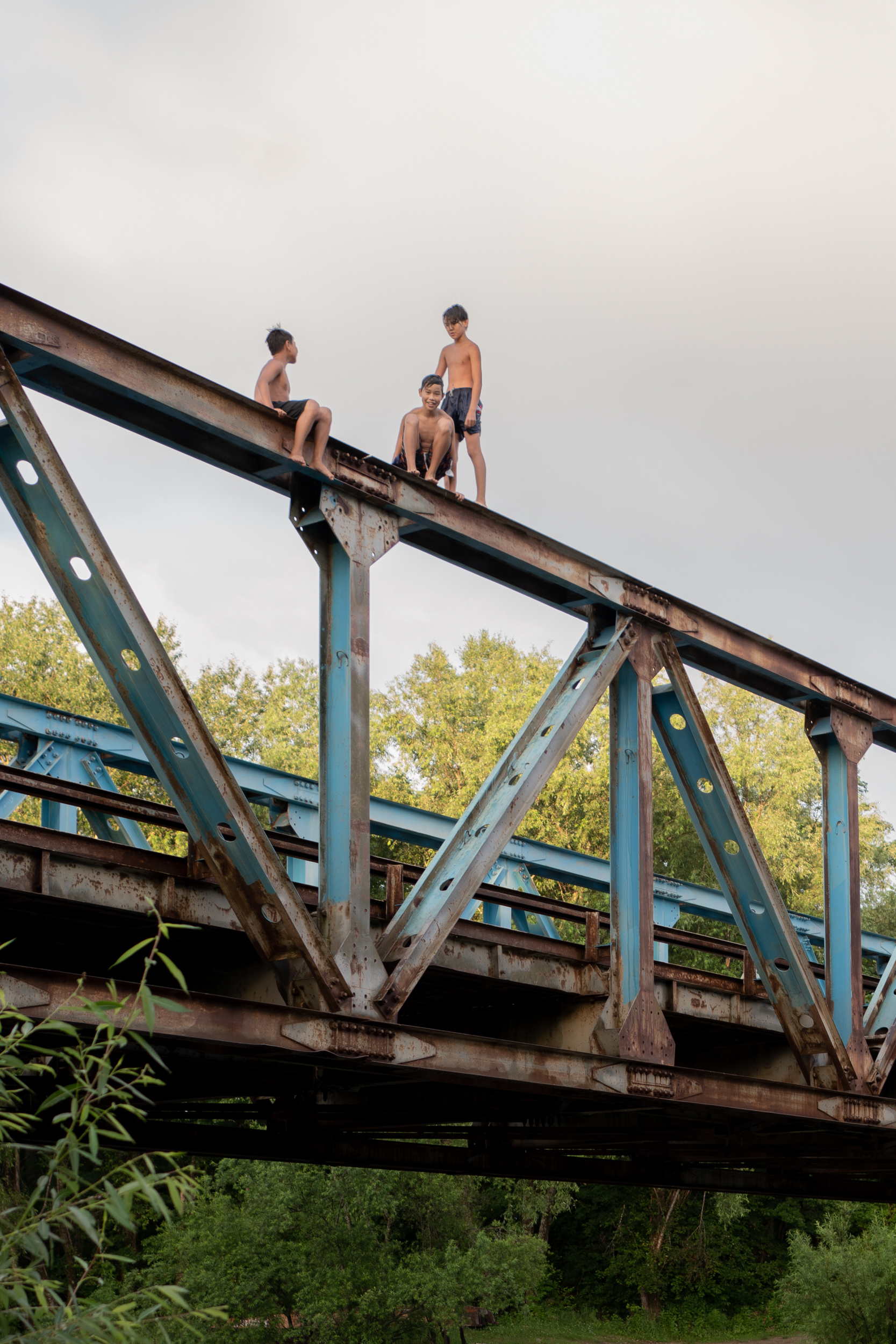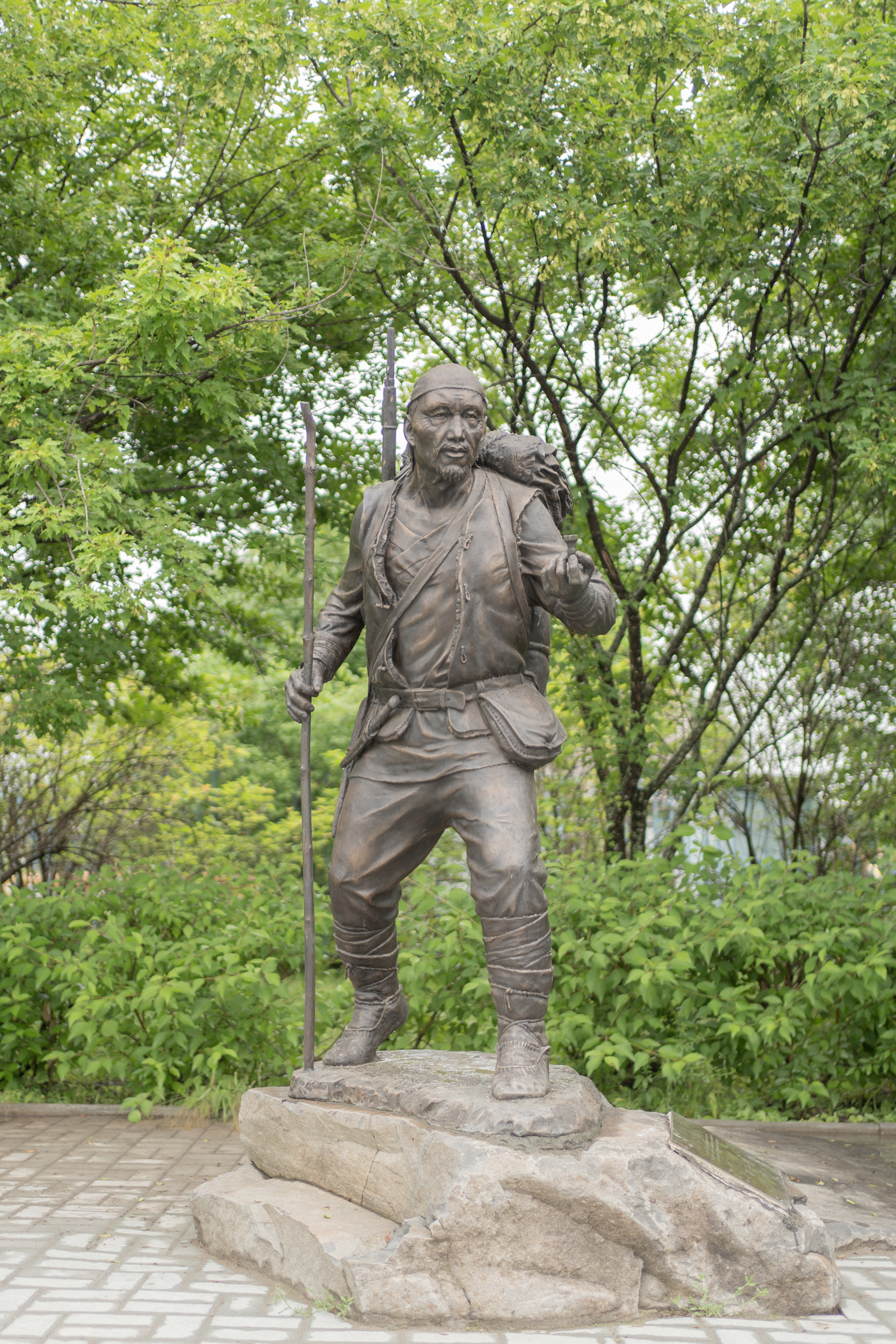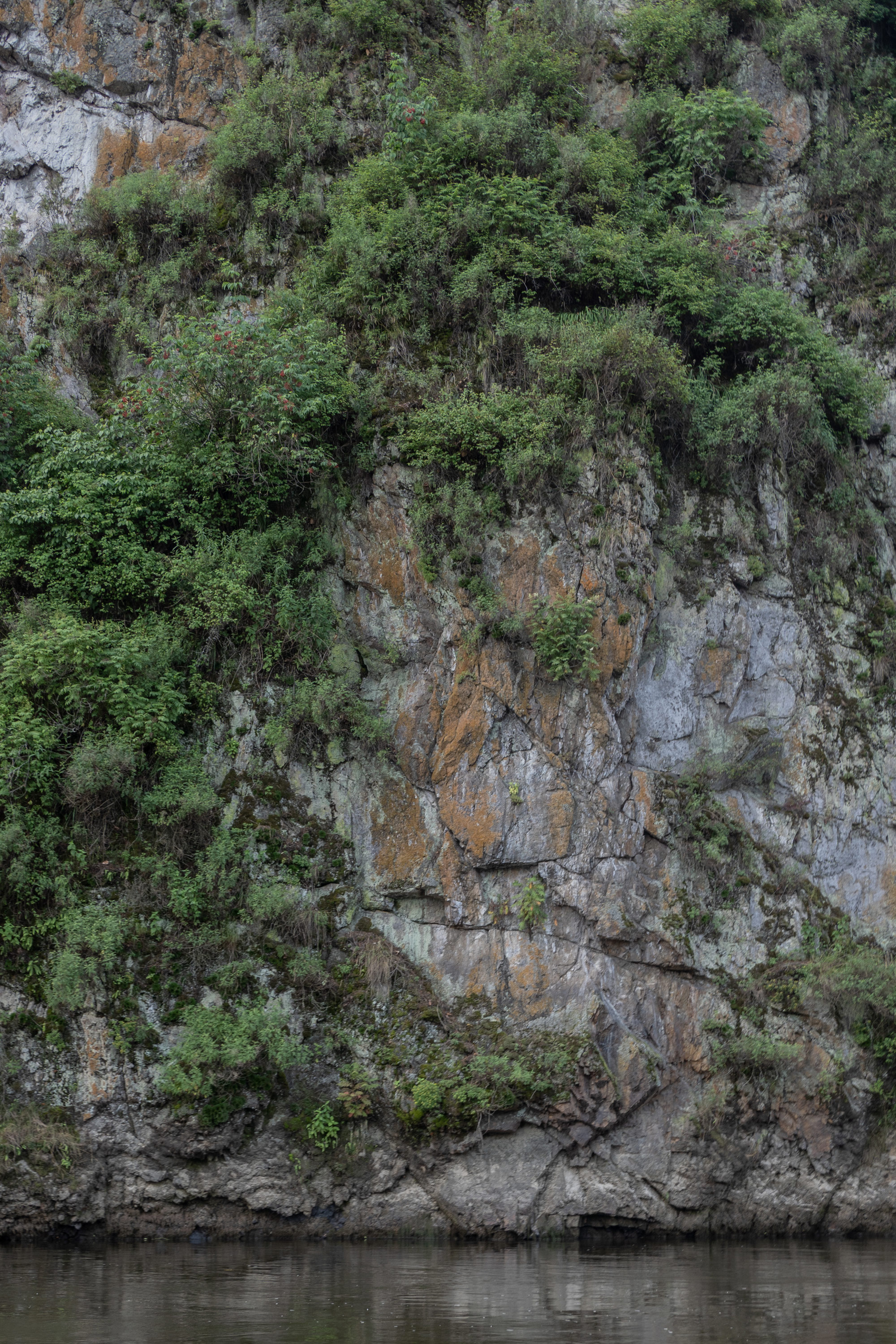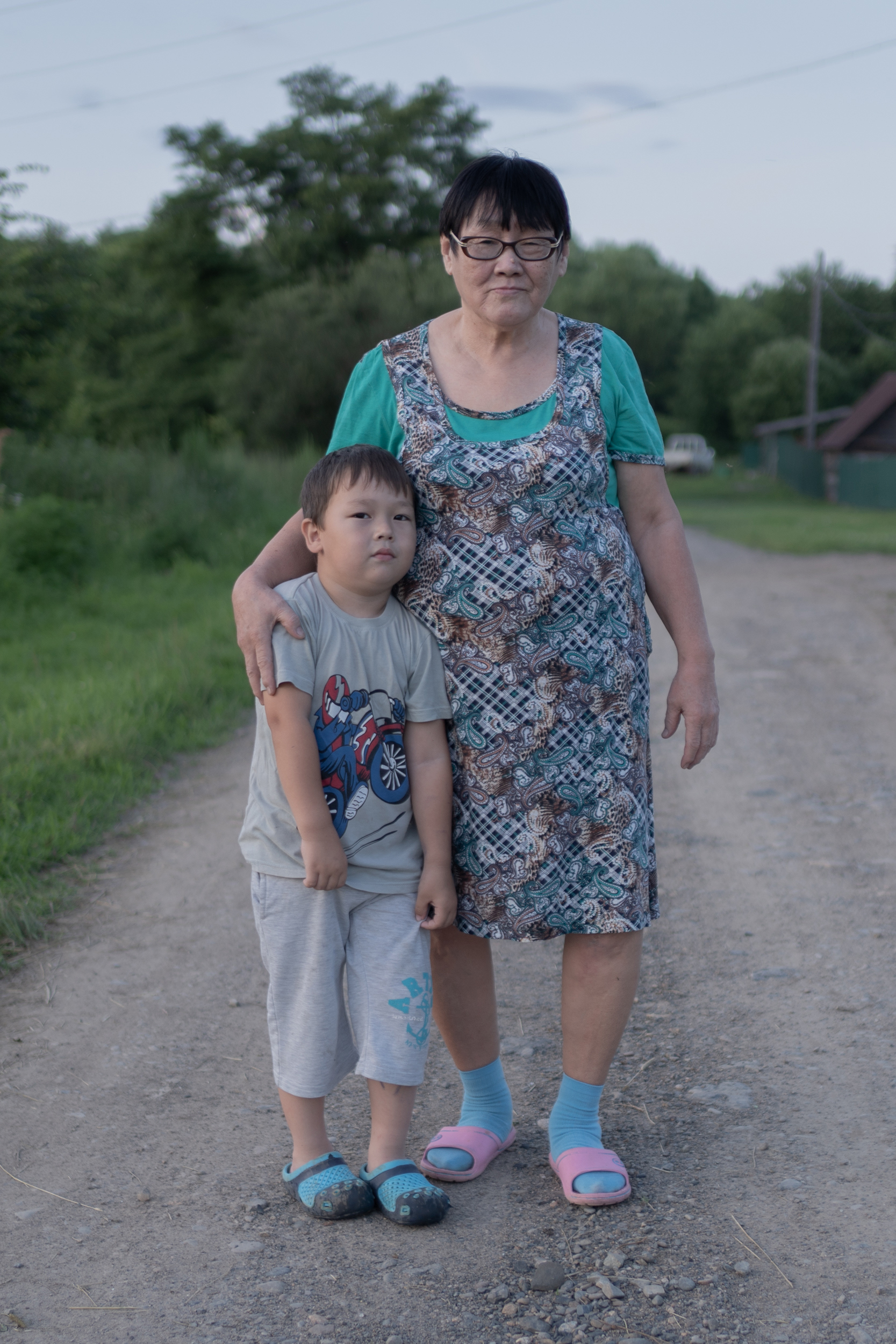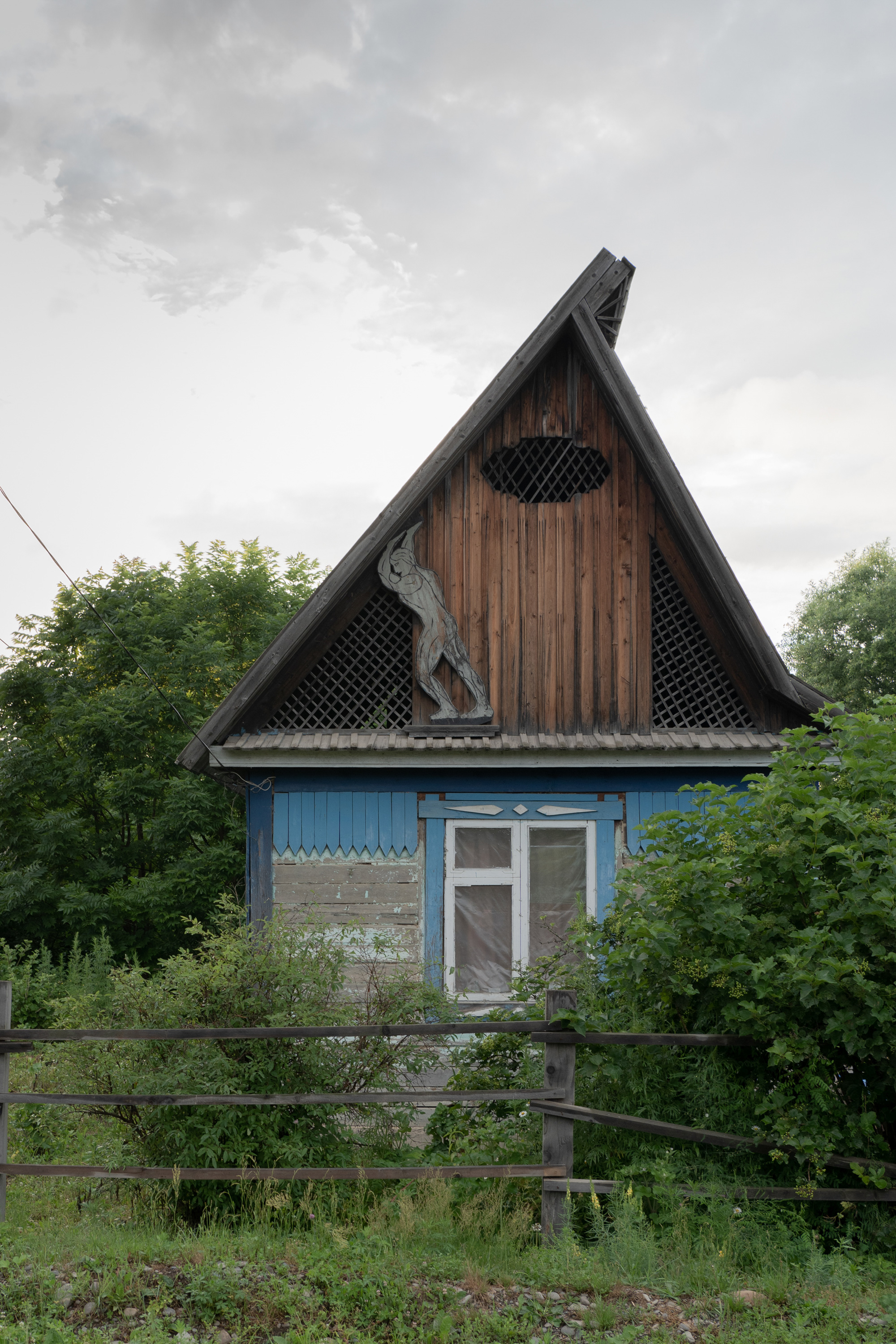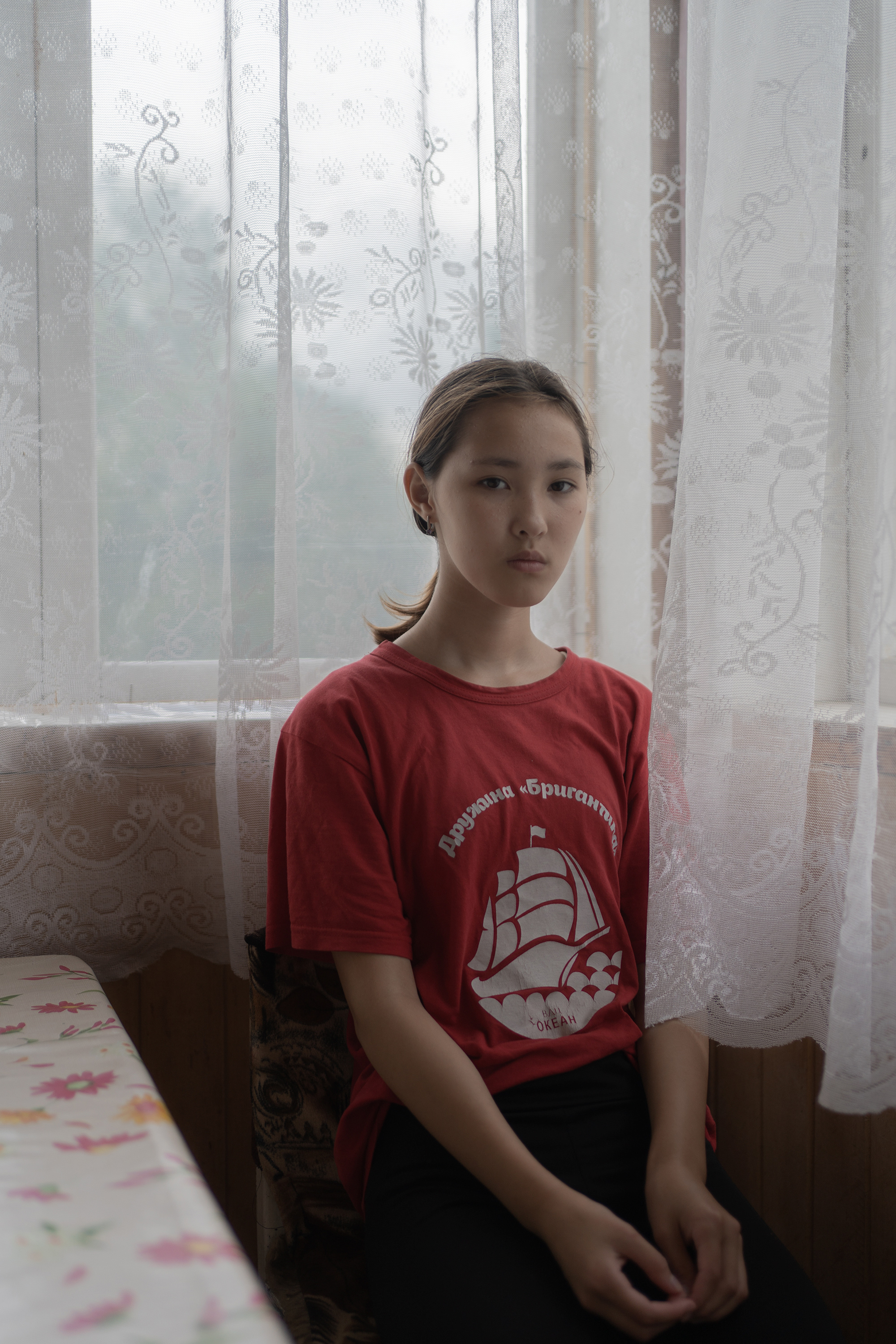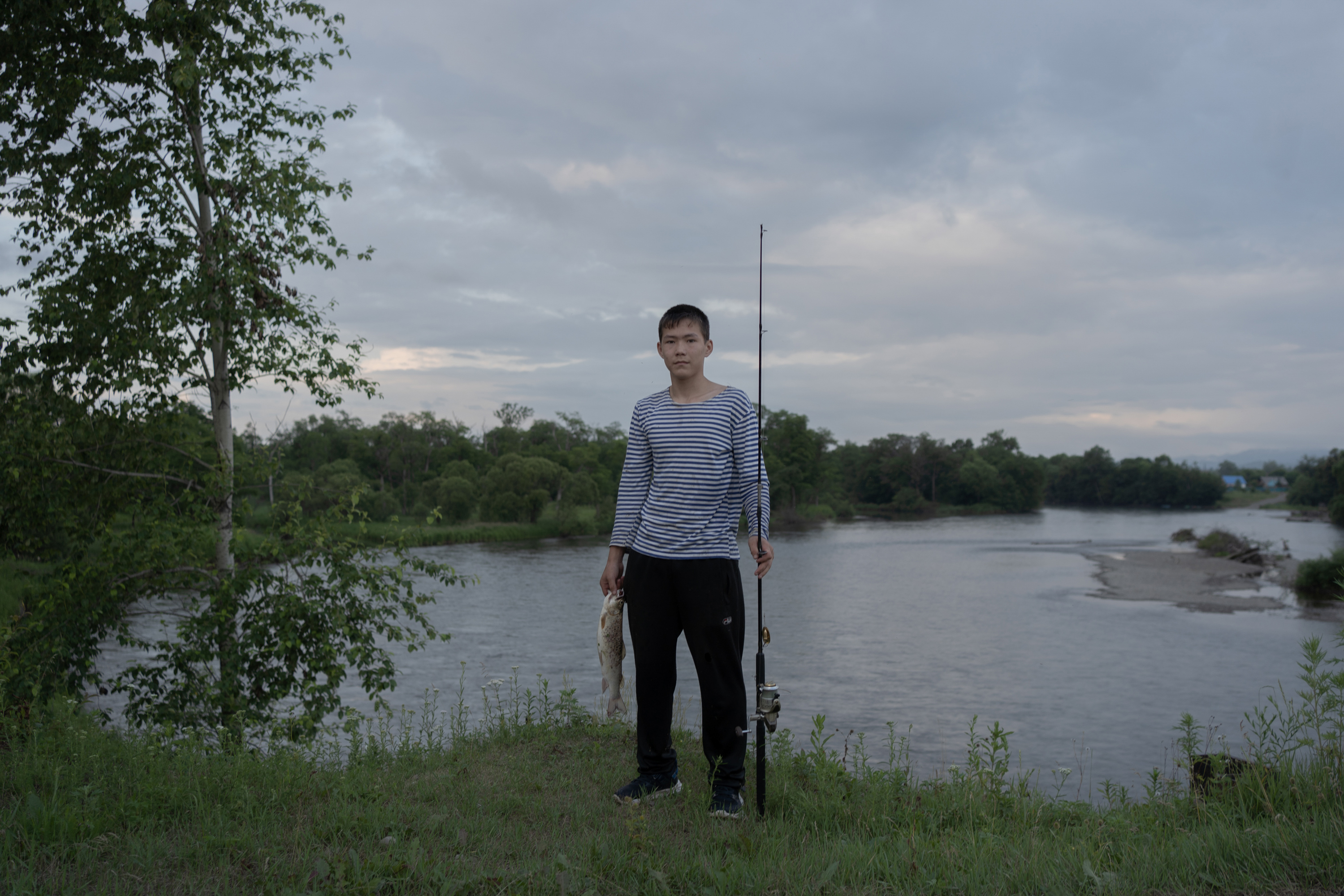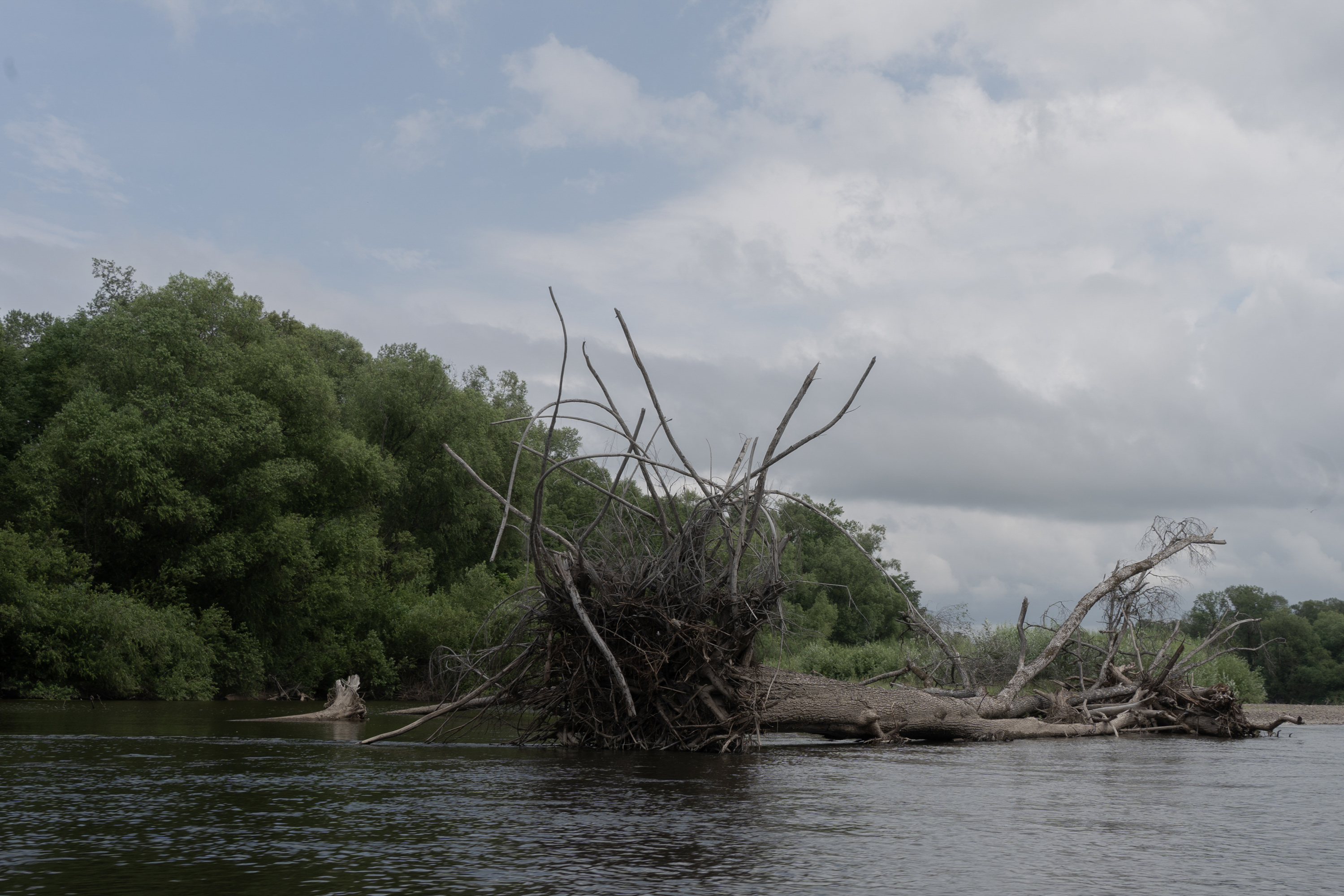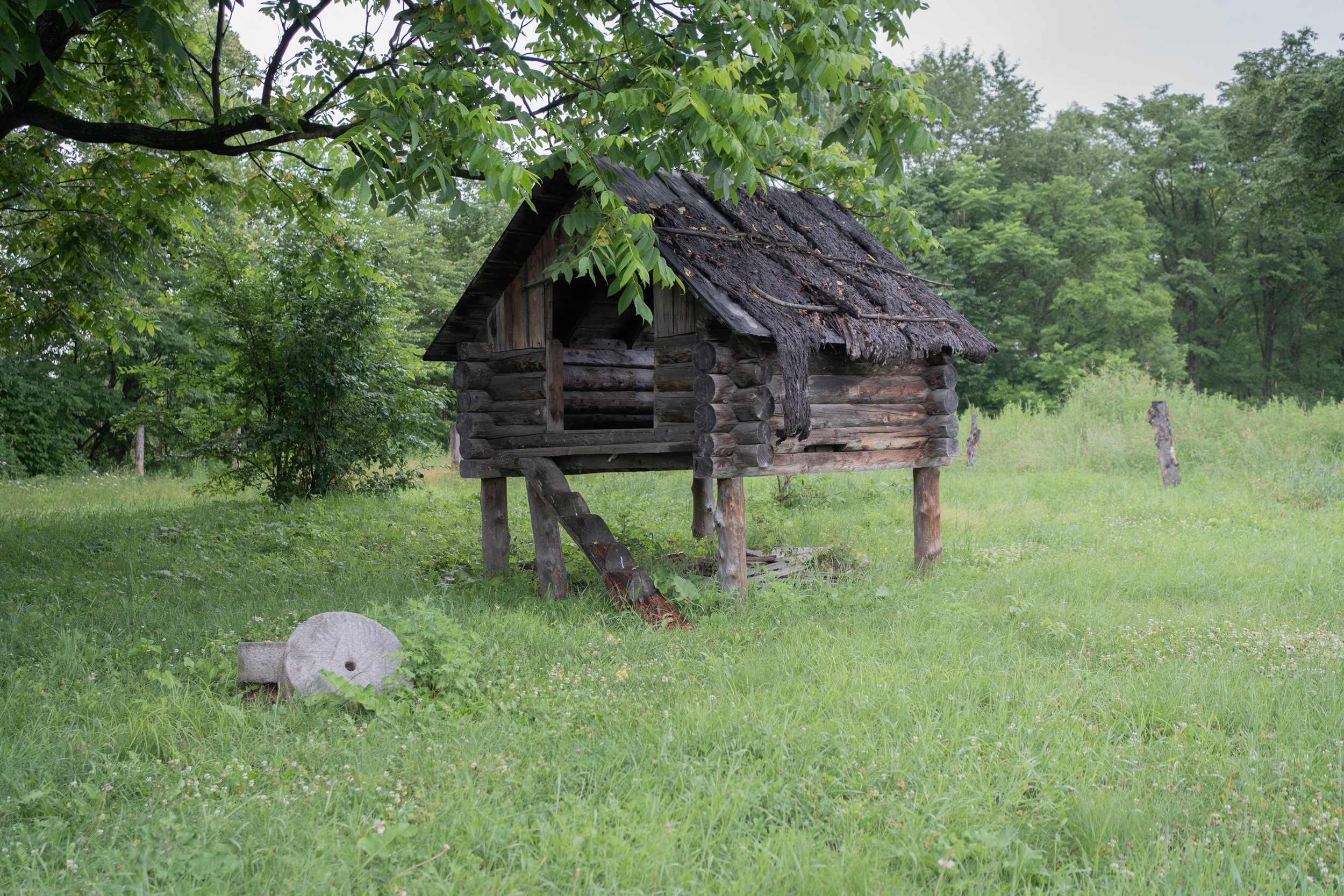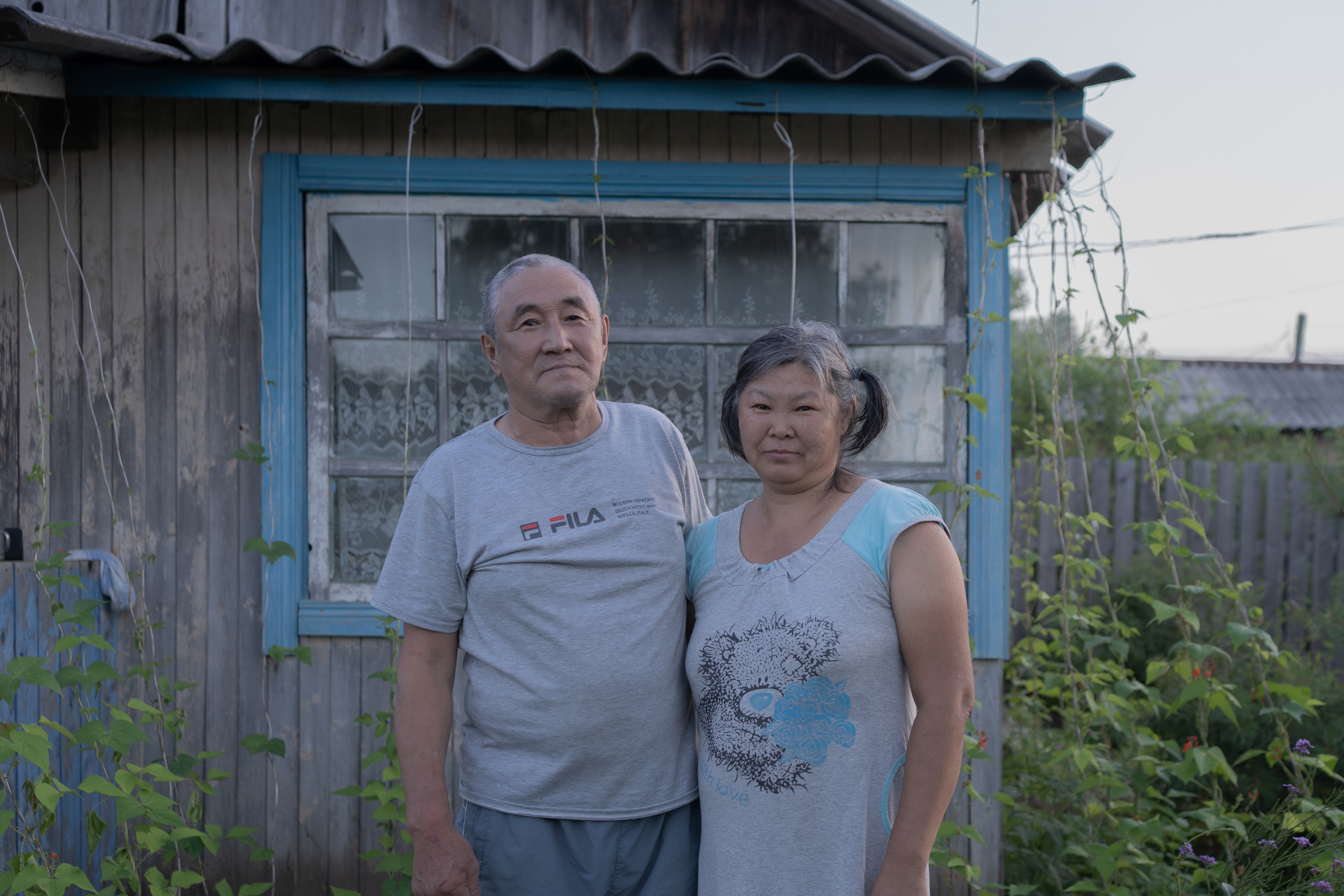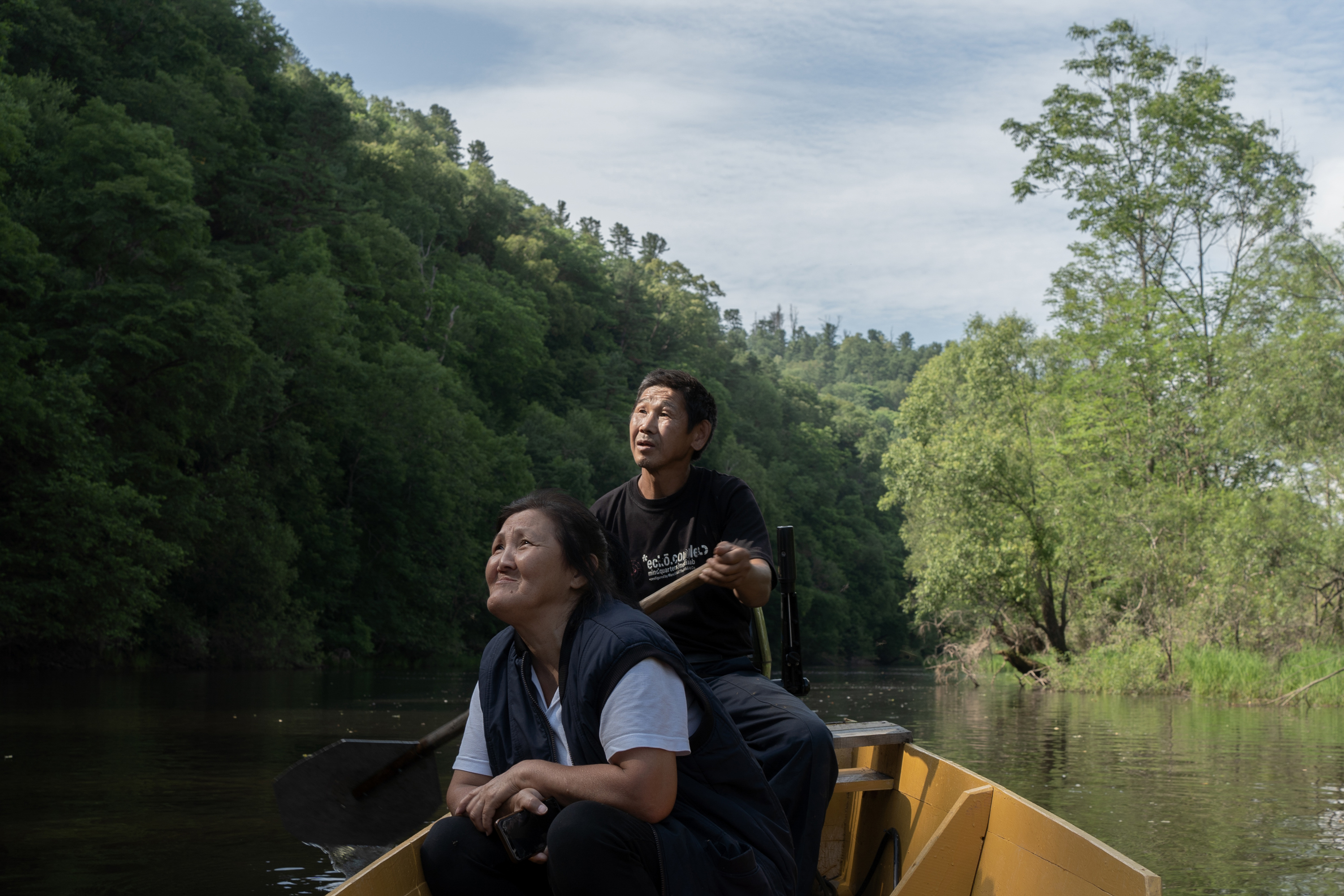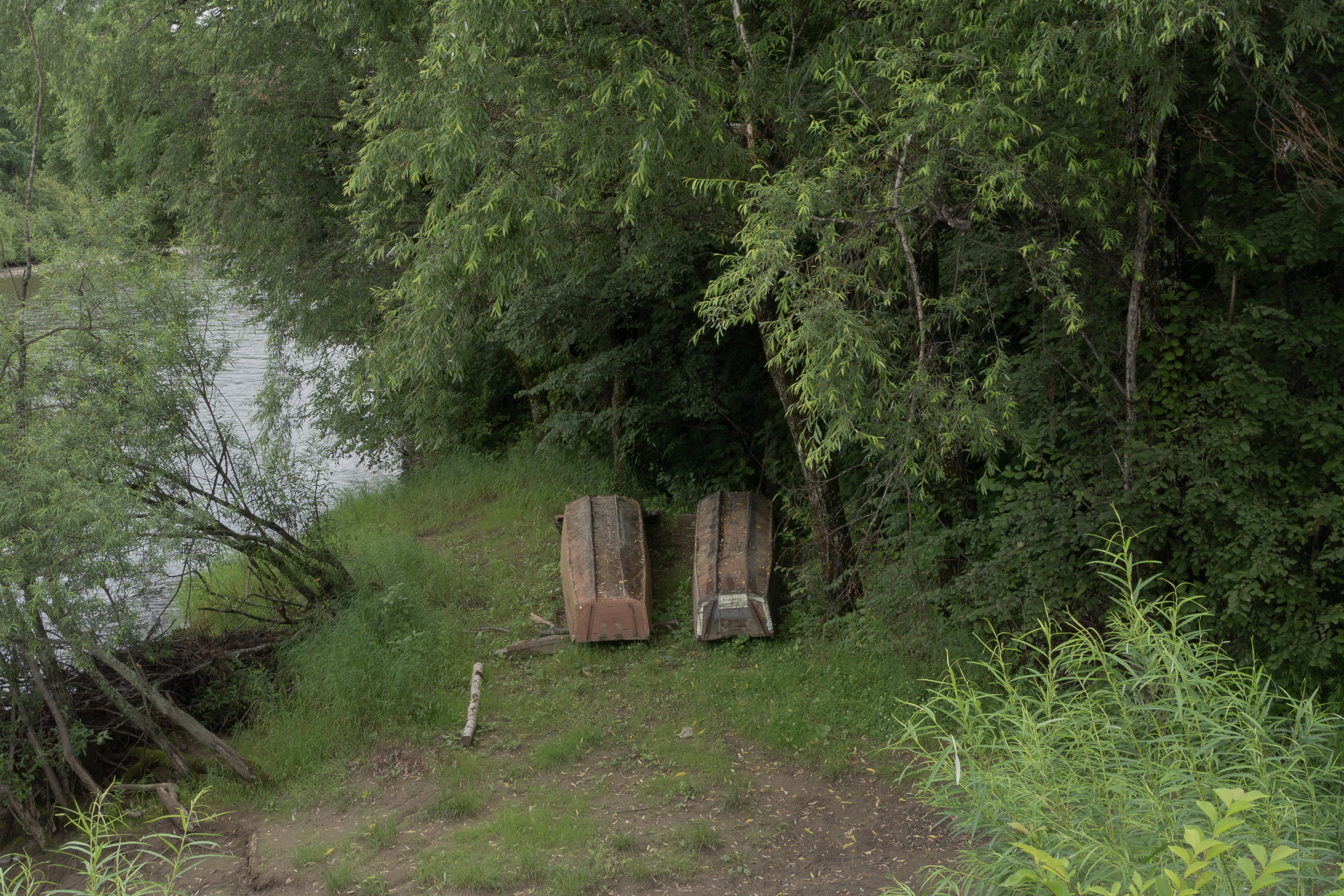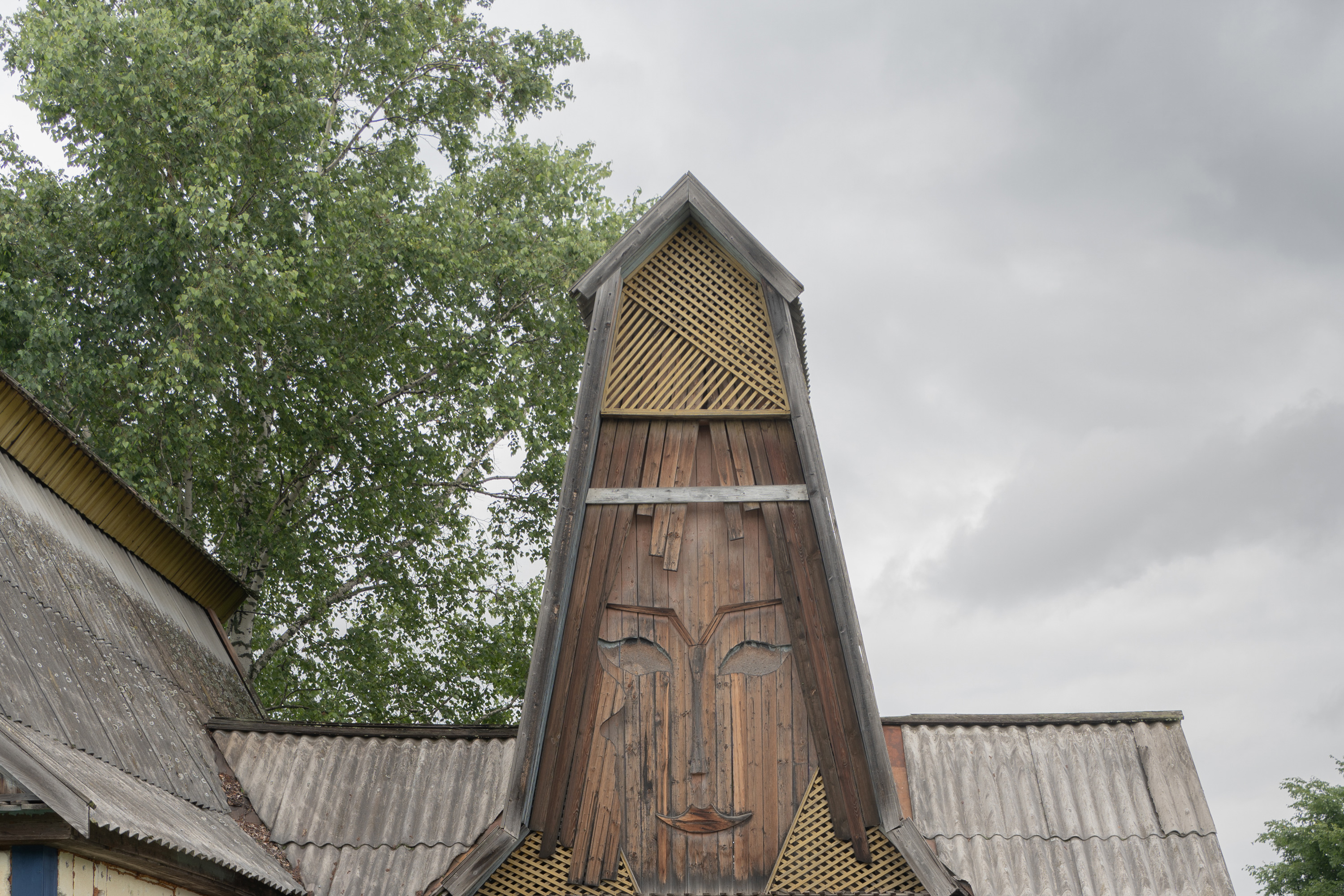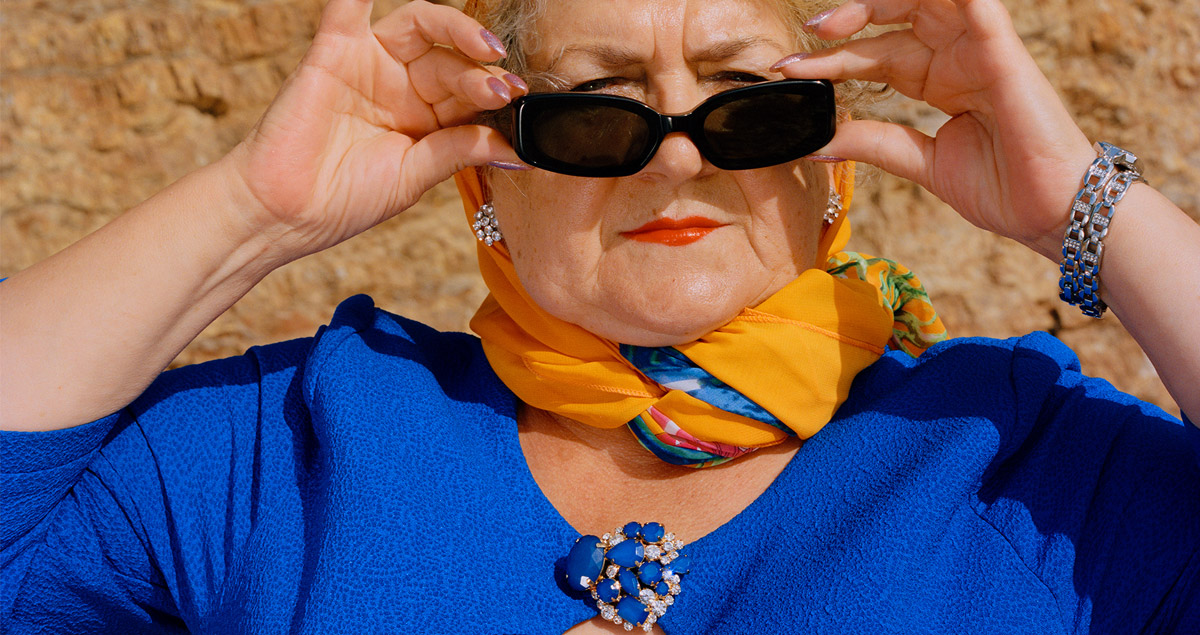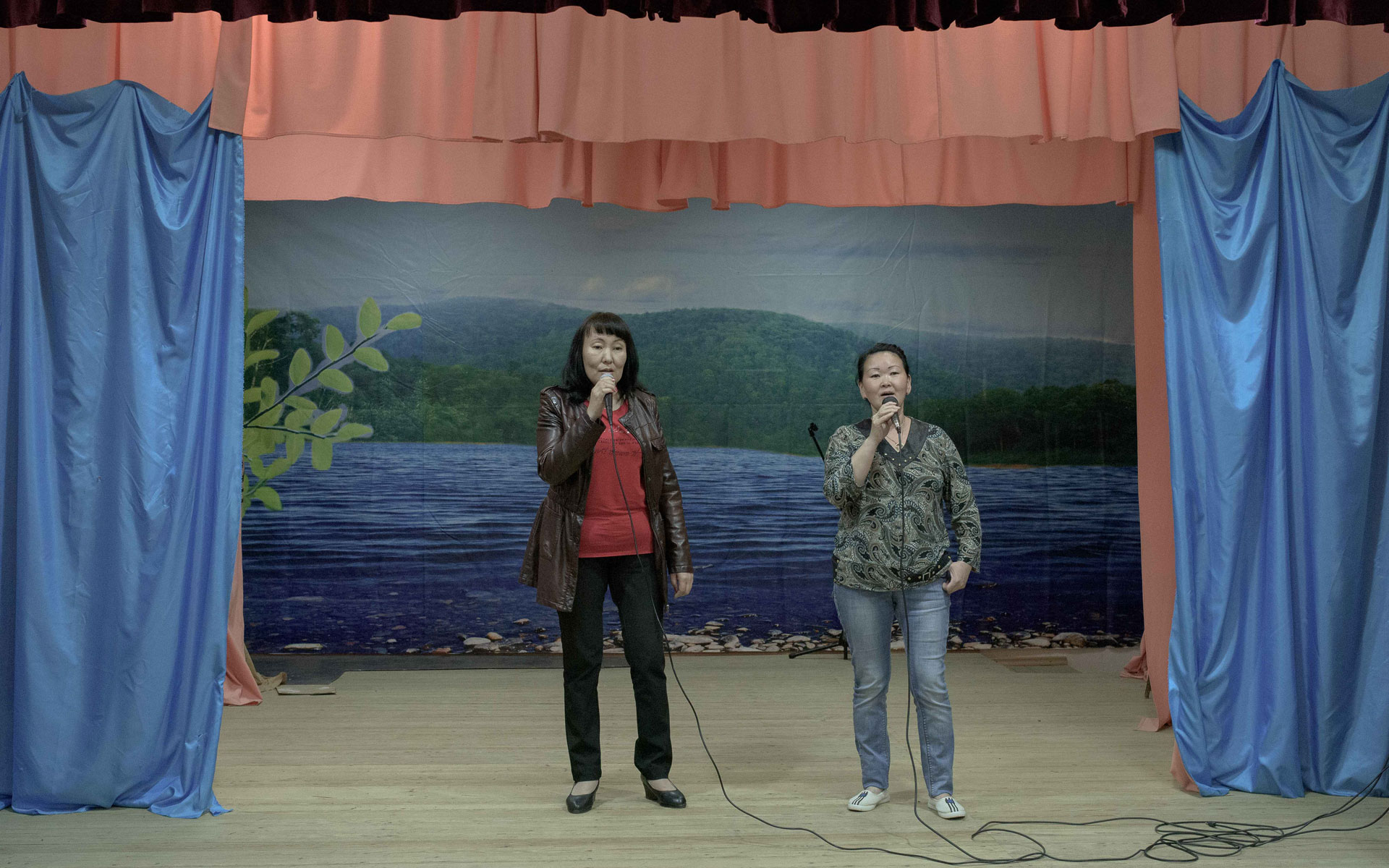Udege: photographing a remote indigenous community in Russia’s Far East
All over Russia, Soviet-era statues of Lenin still mark town squares and parks. Yet in Krasnyi Yar, a village 620 kilometres north of Russia’s easternmost city of Vladivostok, a local hero stands on guard instead — a nomadic hunter called Dersu Uzala.
Uzala was immortalised in the writings of Russian explorer Vladimir Arsenyev at the start of the 20th century. The hunter came into contact with Arsenyev when the writer was still an army engineer who had been visiting the Far Eastern region of Primorsky Krai with his crew. The two struck up a firm friendship, and from that moment on, Uzala joined Arsenyev as a guide on surveying expeditions across the Ussurian taiga, saving his life on numerous occasions. When Arsenyev published a memoir on his military journeys in 1923, he named and dedicated the book in Uzala’s honour. The tome served as the inspiration behind Japanese director Akira Kurosawa’s 1972 film of the same name, Dersu Uzala — the first Oscar-winning production filmed in the Russian Far East. Though Uzala is often described as a member of Russia’s indigenous Nanai community, others argue that he was actually Udege (for starters, he taught Arsenyev the Udege language).
Historically, the Udege people used nomadic camping sites along the Bikin River — dubbed by locals as “the Amazon of Primorsky Krai” — sharing the territory with bears and Amur tigers. In the 1950s, these camps joined, creating the village of Krasnyi Yar. To this day, residents continue to live primarily from hunting and fishing, as demonstrated by the statue of Dersu Uzala with his spear and rifle.
Photographer Alexander Gaidalym decided to follow in Arsenyev’s footsteps, travelling to Krasnyi Yar to meet the community living there today. Although now based in Moscow, the photographer says his own interest in the area comes from growing up himself in Primorsky Krai: “a territory with a stunning wilderness about which very little is known”. “I spent my summers in a village on Russia’s border with China. There, I came across the diverse, multi-ethnic people of Russia, including one woman who was described as an ‘Udegeika,’” he says. “As a kid, I didn’t know what that meant. She disappeared after some time, and I didn’t learn about the Udege people and their traditions until later.”
A student named Ivan acted as Gaidalym’s own “Dersu Uzala” and trusted guide. Now living in the nearby city of Ussuriysk, Ivan returns to his village every six months. Among the other villagers who feature in the photos, the photographer vividly remembers the time he spent with Galina, who worked at the local history museum, and her husband Sergey: “They helped me find housing in the village and organised for me to join them on a walk along the river. Over several days of exploring, we saw storks and wild ducks. They pointed out traces of bears — such as a cherry tree on the banks of the river with noticeably broken branches.”
Other natural landmarks that Gaidalym photographed — like a bare, rocky surface — also don’t look like anything much at first glance. But the image in fact depicts a local site that is popular for the grass that grows here. “The grass — ‘baja’ — is much used in local cuisine, especially in fish soups. Locals will visit often to take seedlings, then plant them in their own plots,” Gaidalym explains.
Away from the natural world, the photographs capture local wooden architecture, and the highly decorative roofs of local homes. When researching the project, Gaidalym realised the only imagery he could find focused on celebrations and special occasions, when villagers wore their national costumes and engaged in rituals. “I wanted to move away from this and, instead, show something intimate — documenting their ordinary, everyday lives. It was important for me to represent the challenges and joys of remote living.”
One of the photographer’s favourite images from the series shows a mural painted with rainbows, flowers, and smiling faces by a child on the window of his family home. Light seeps in, bathing the scene in a golden glow. “This picture was taken in the home of an ethnographer, Oksana. The drawing is by her son Miron, who has special needs,” says Gaidalym. It’s a quiet photograph but an important one: it illustrates that the project isn’t entirely about how others see the Udege. The photographer is also showing the world how they see themselves.
